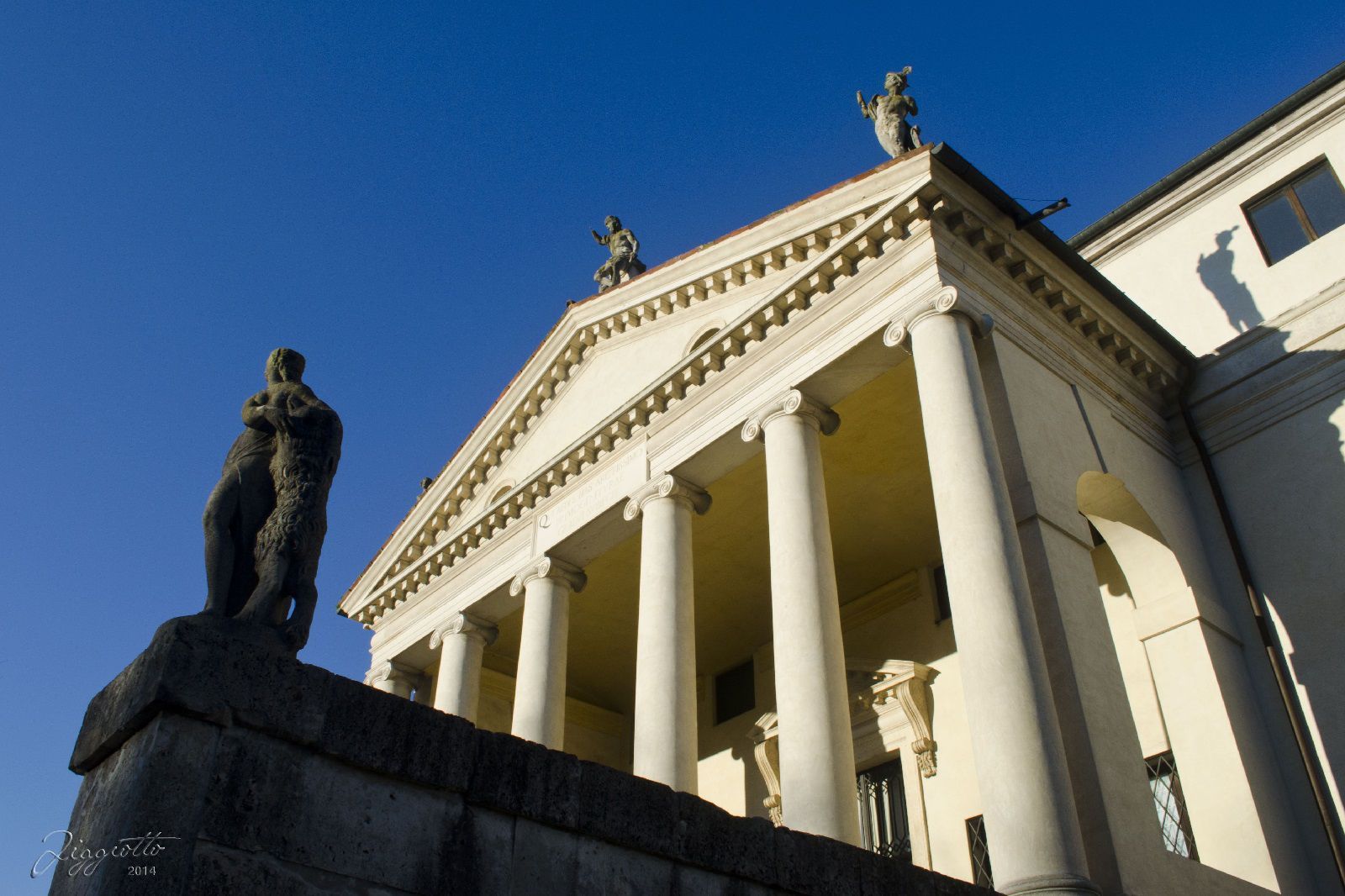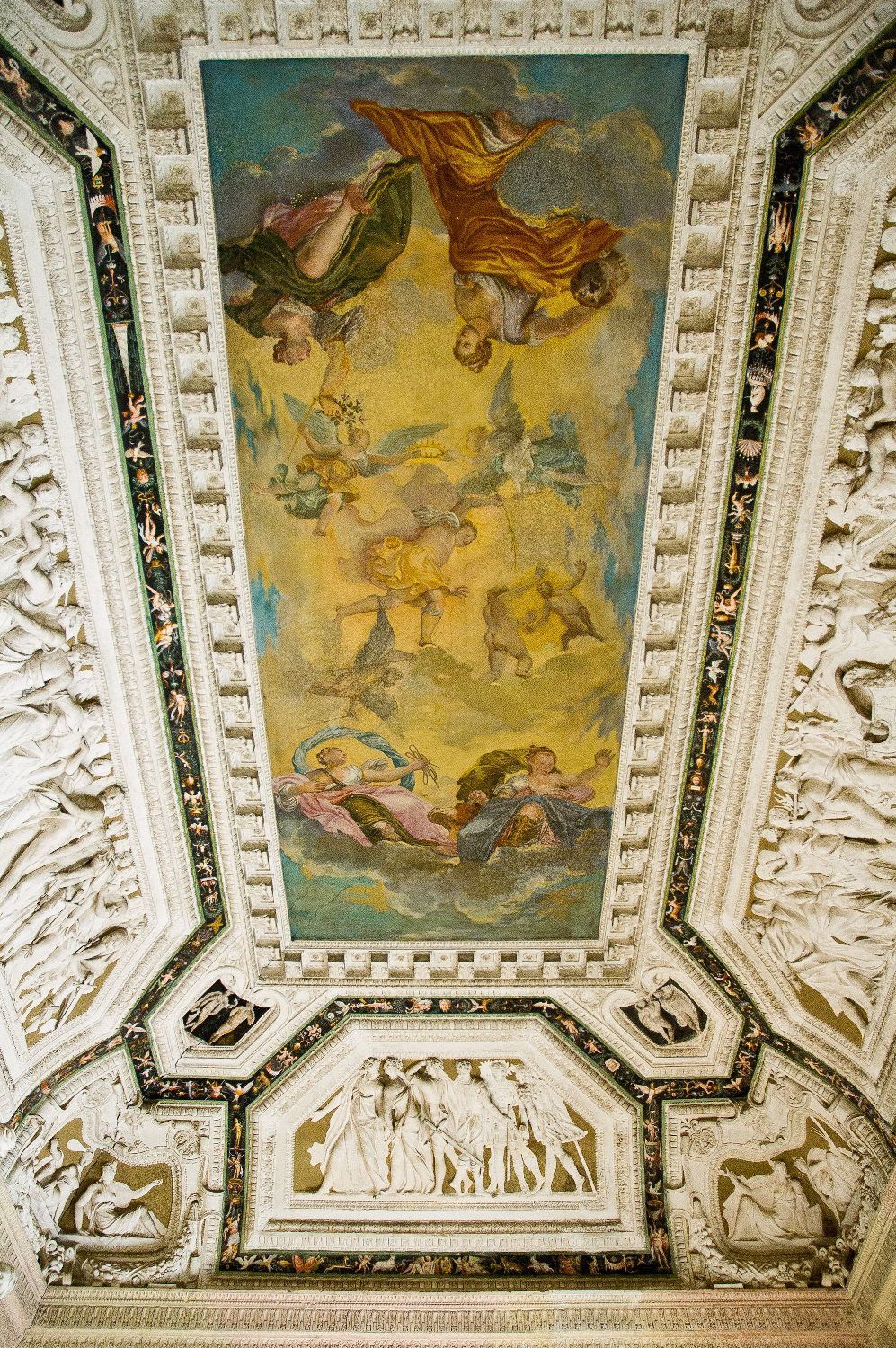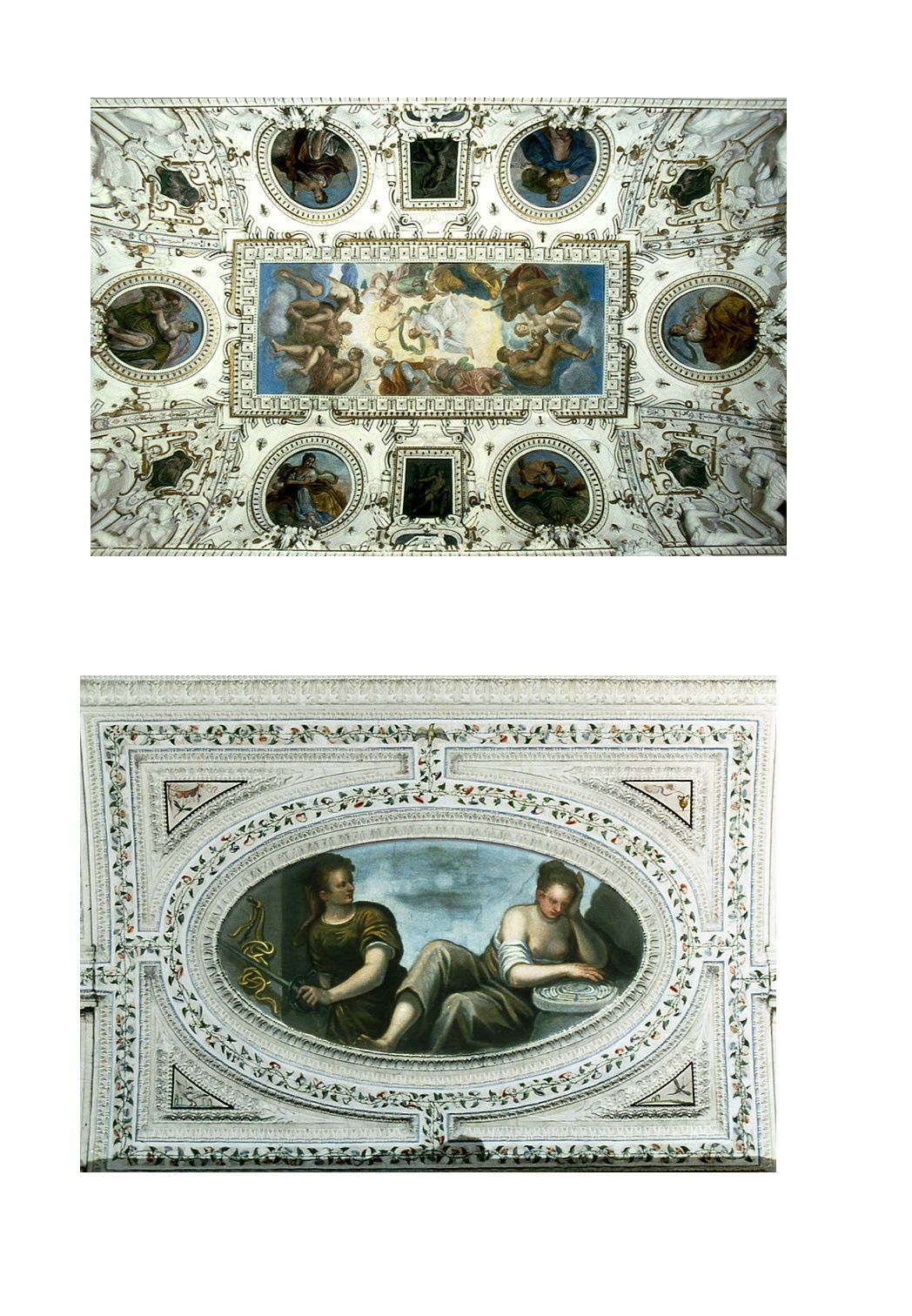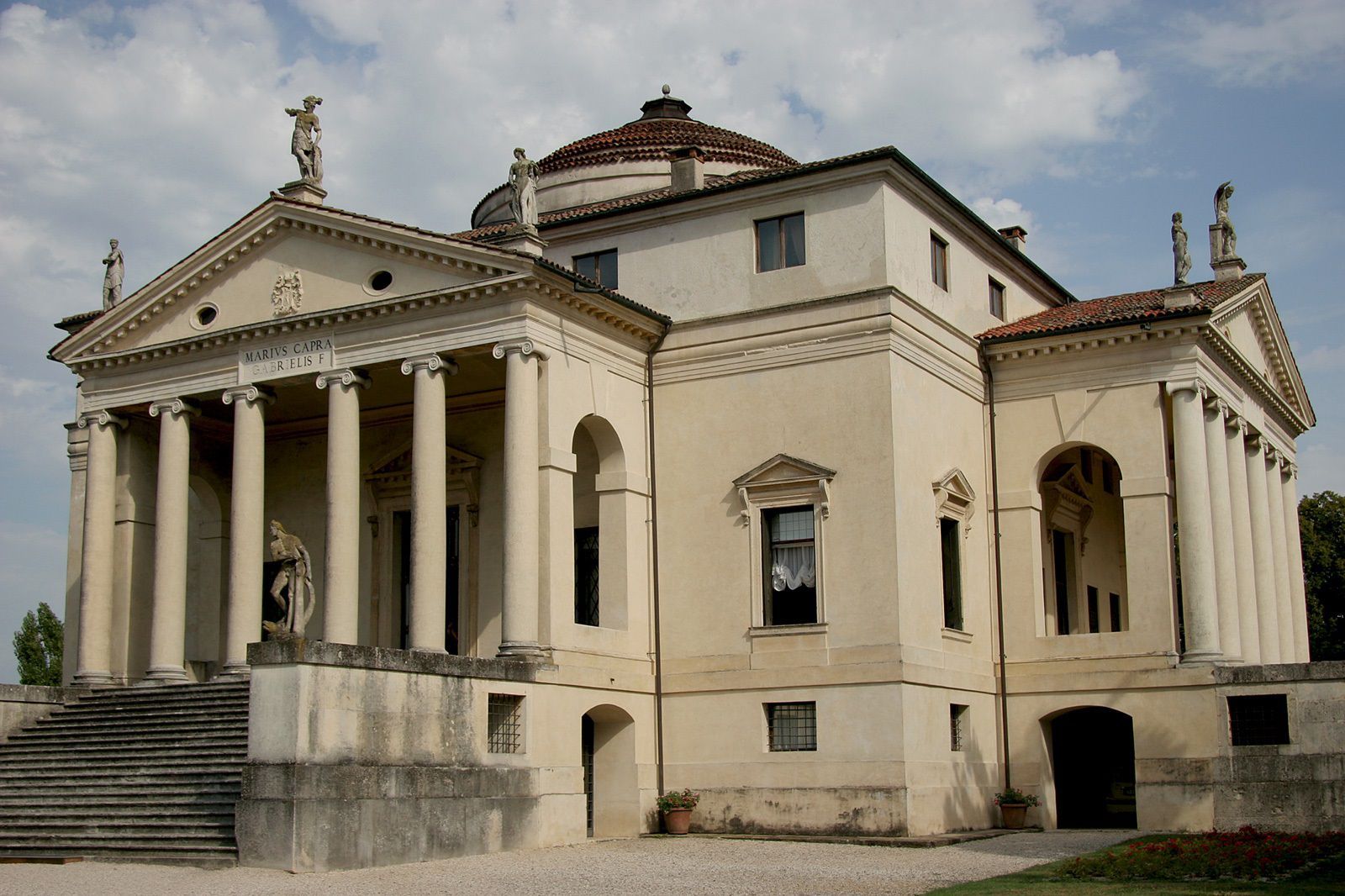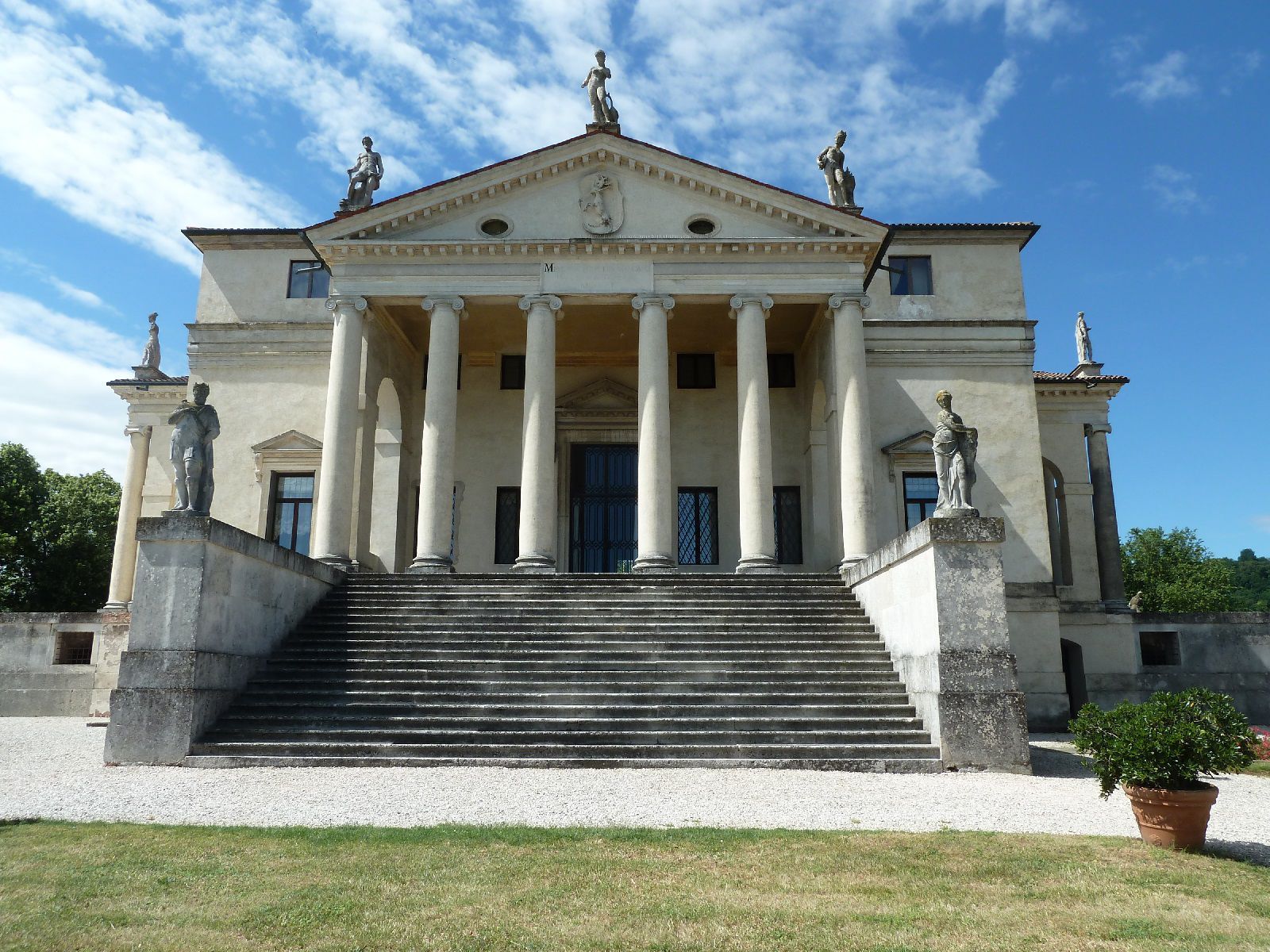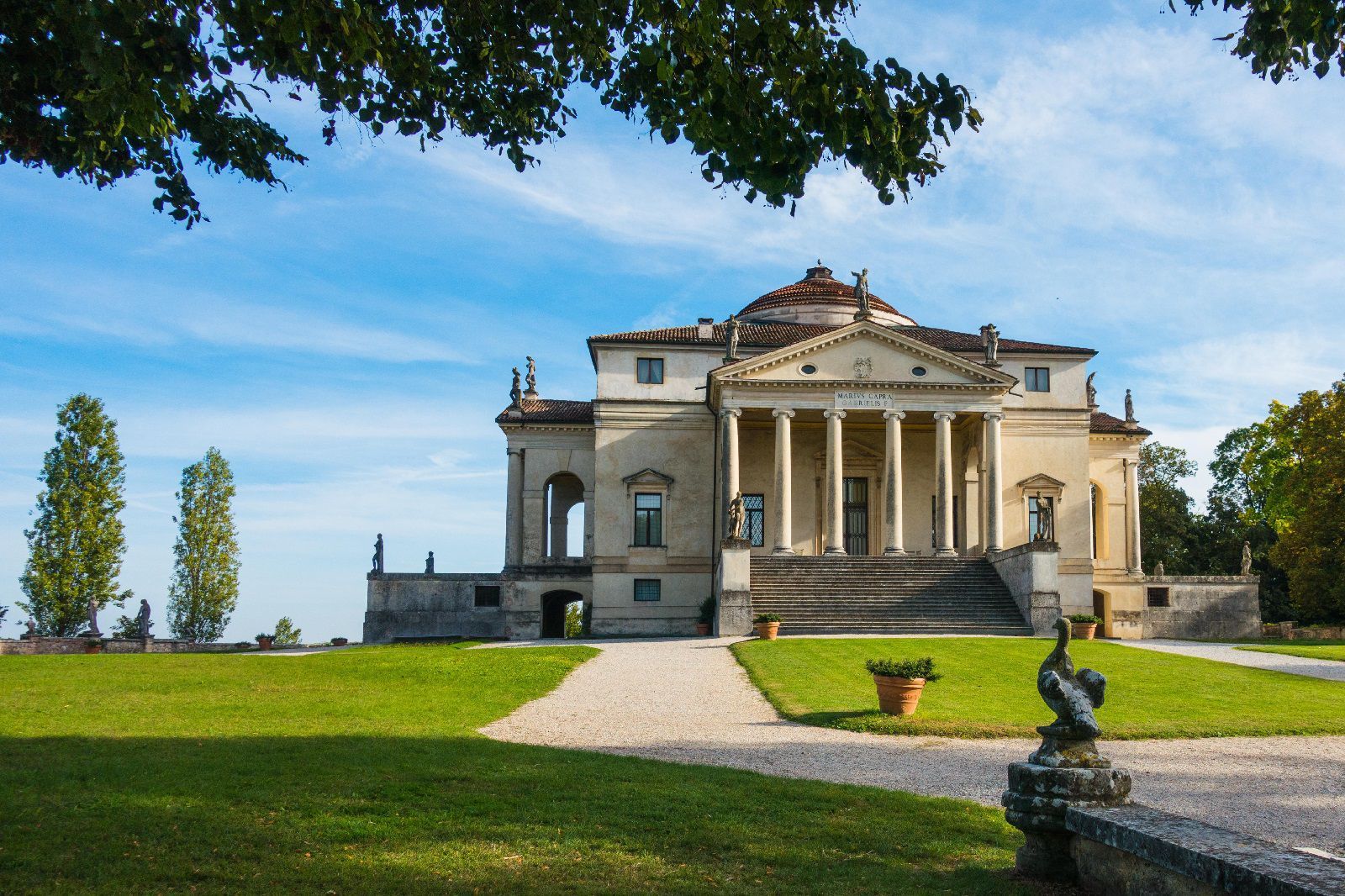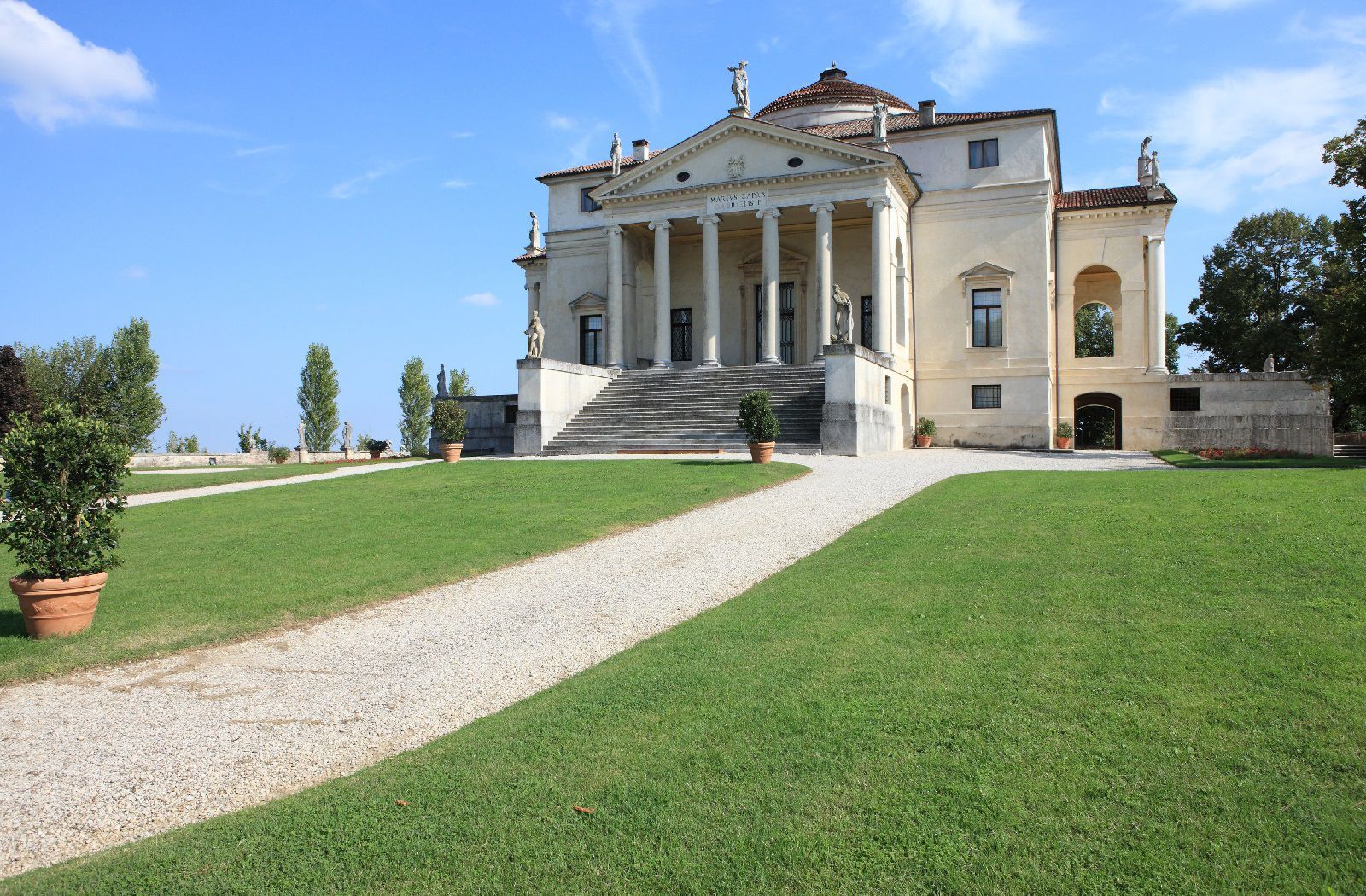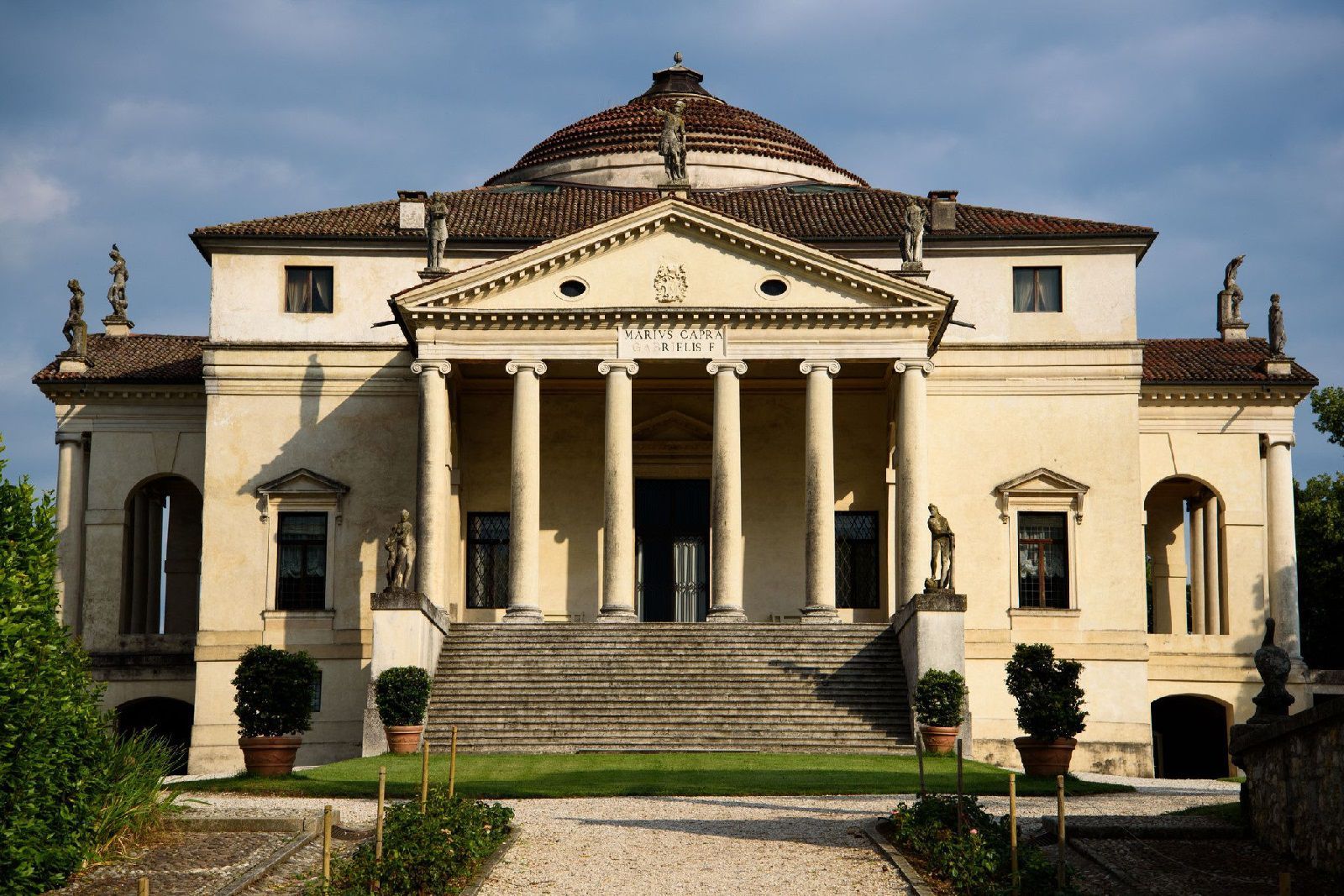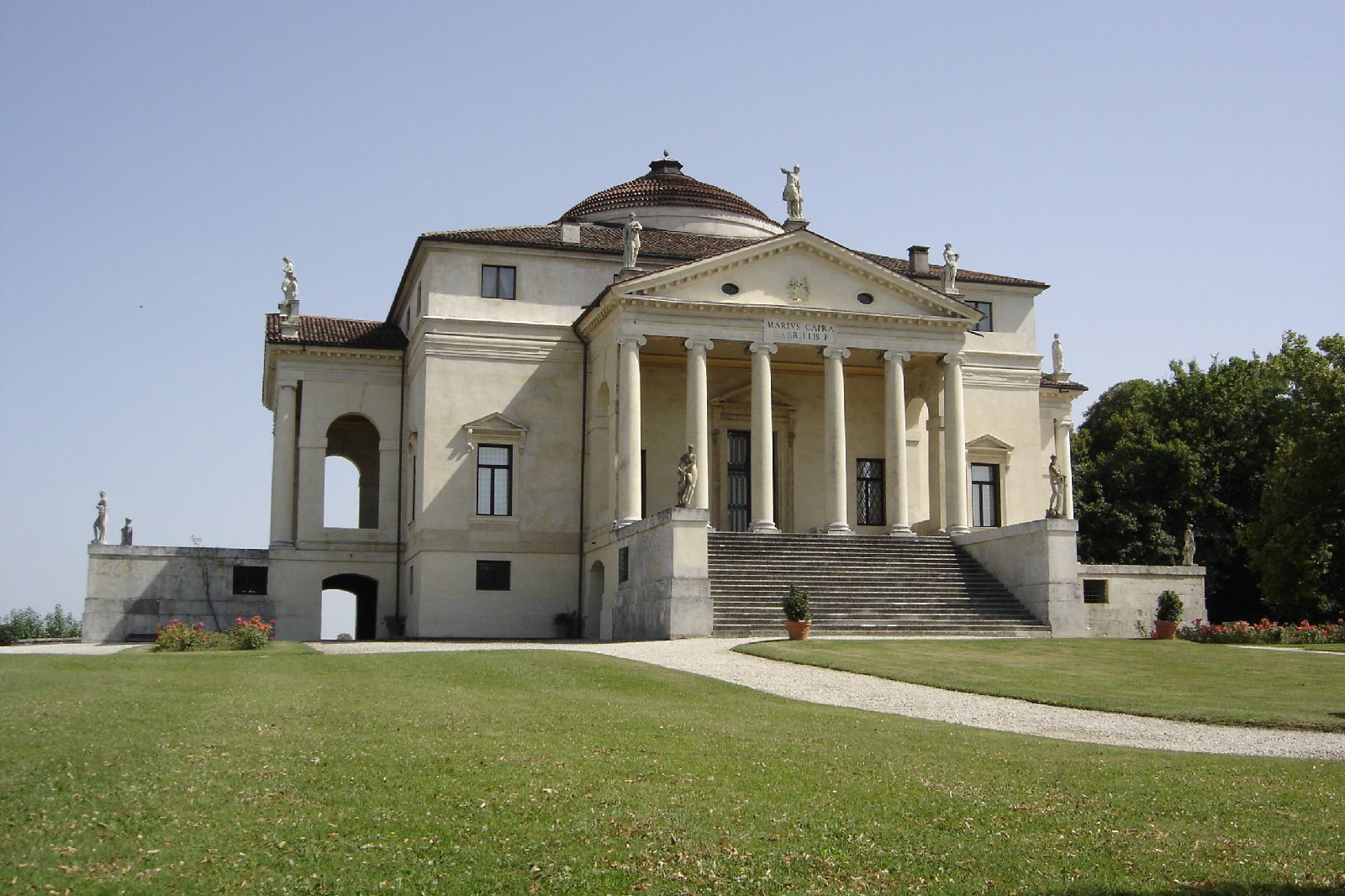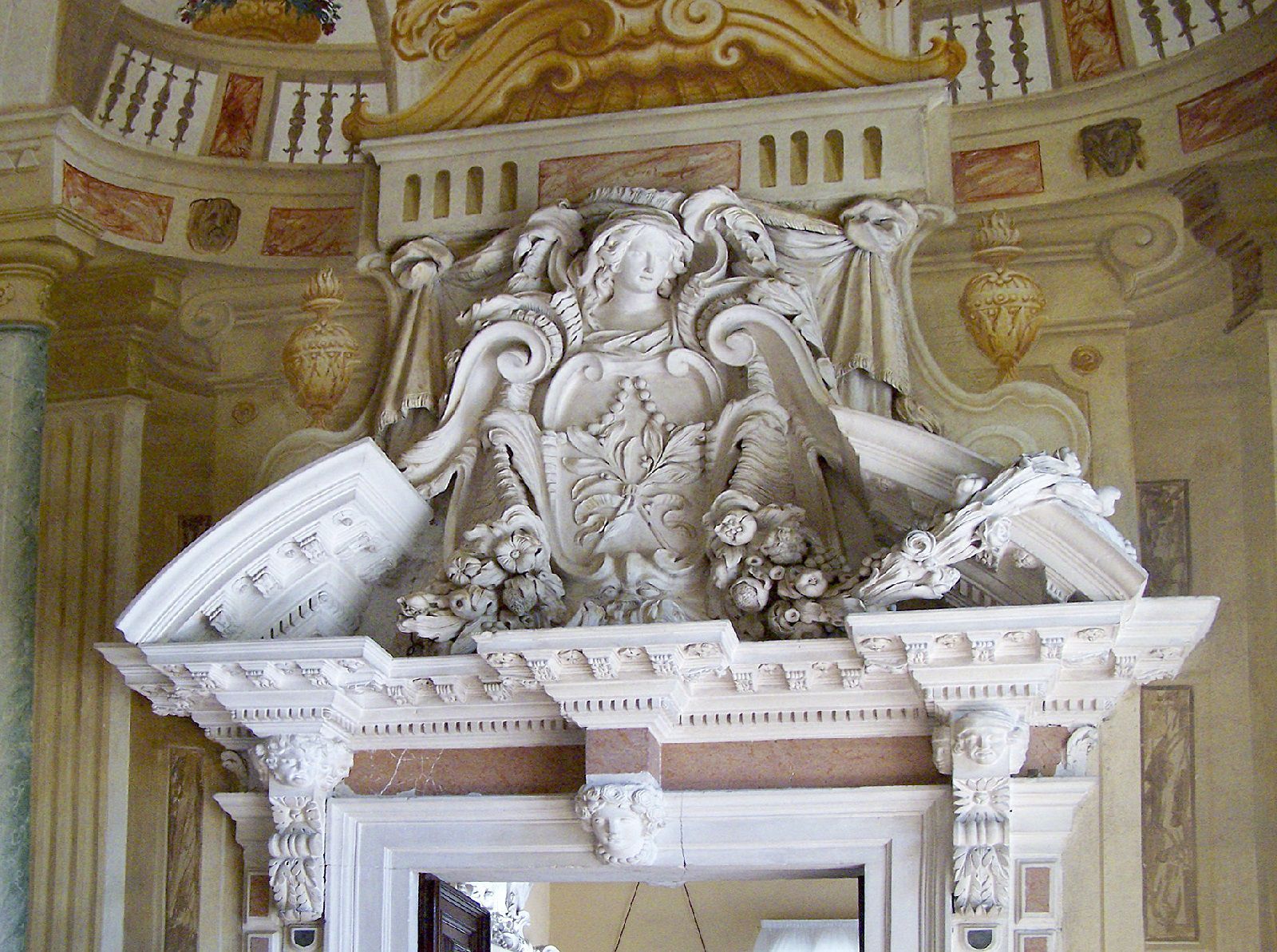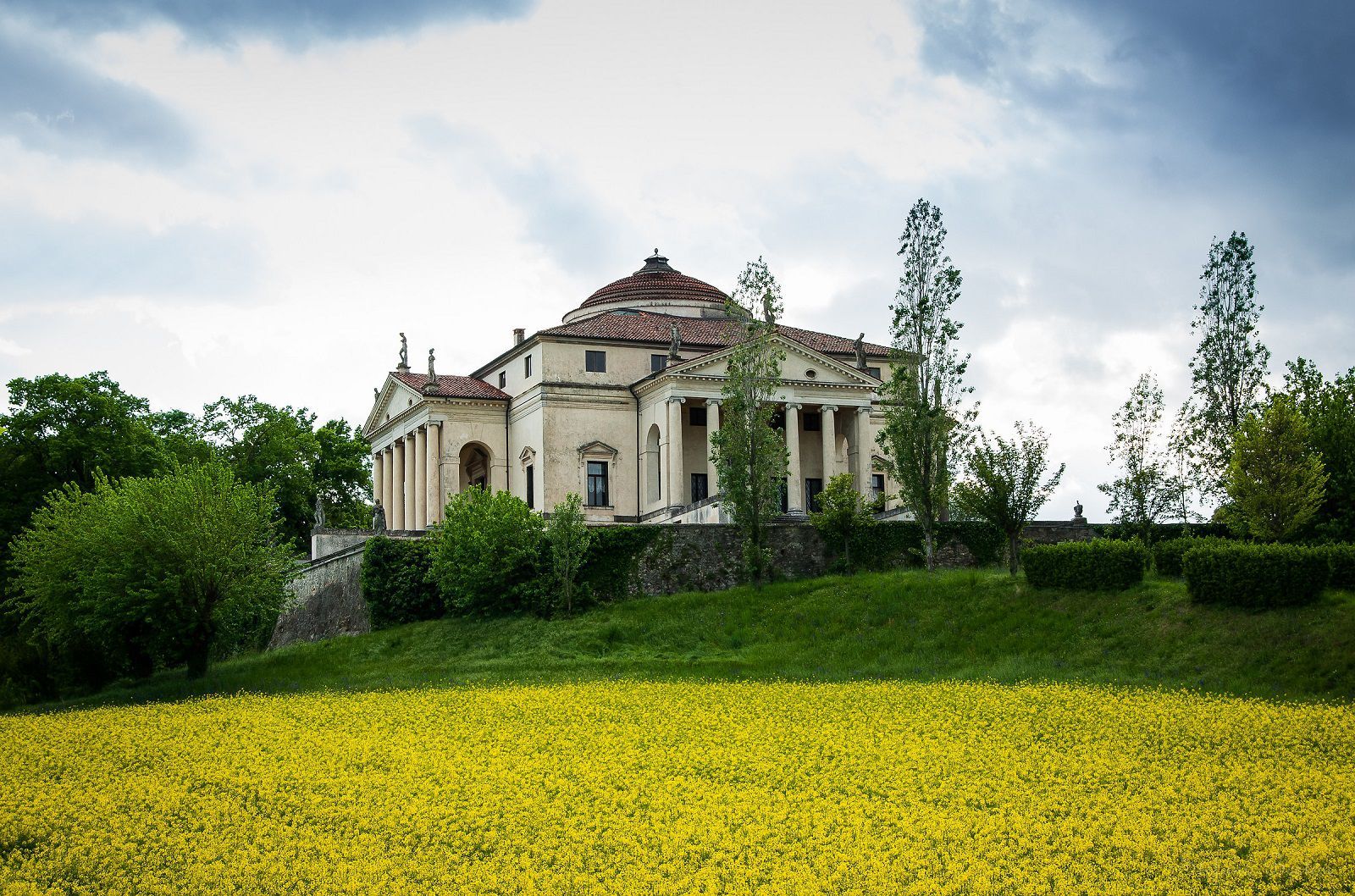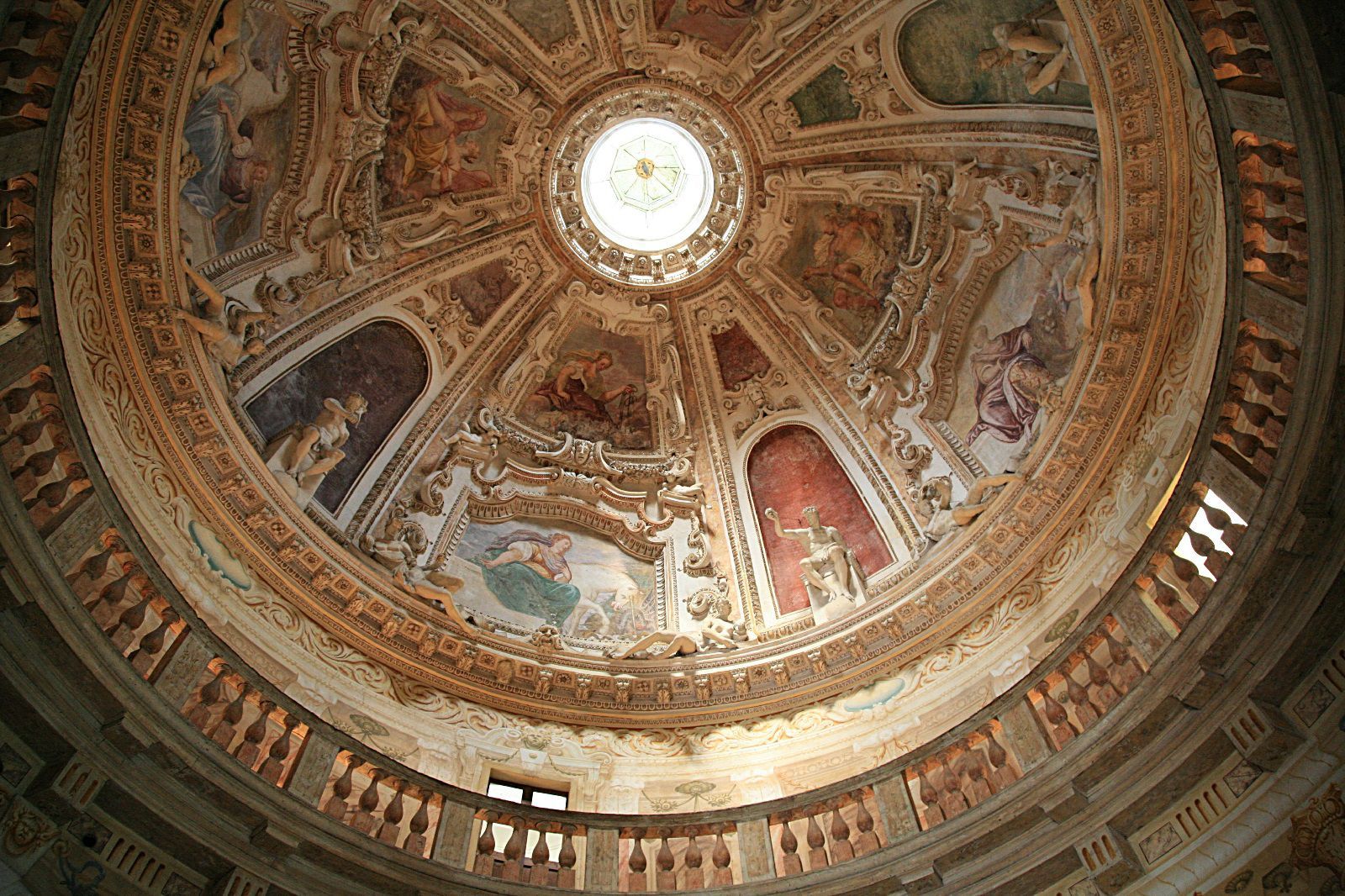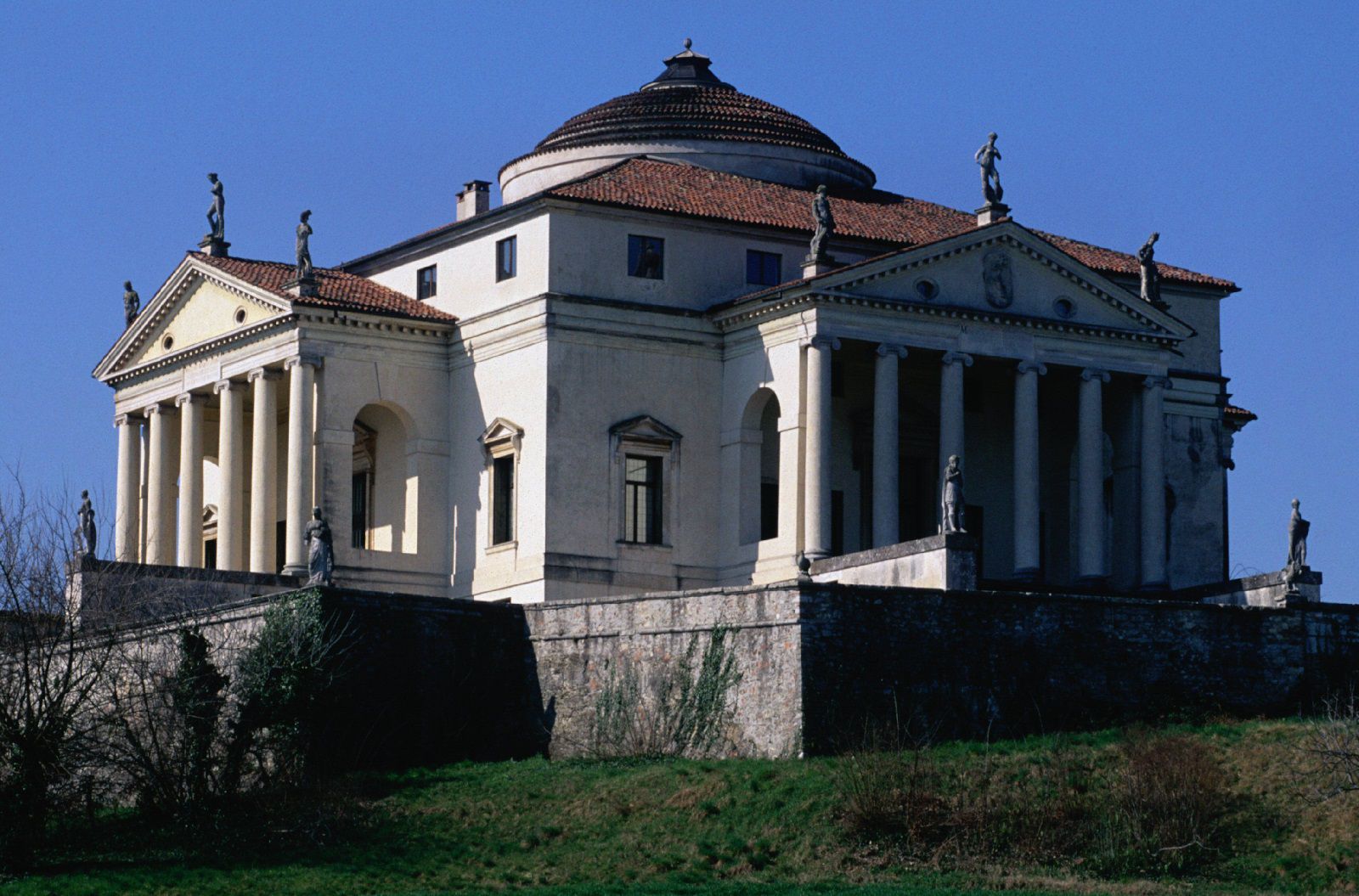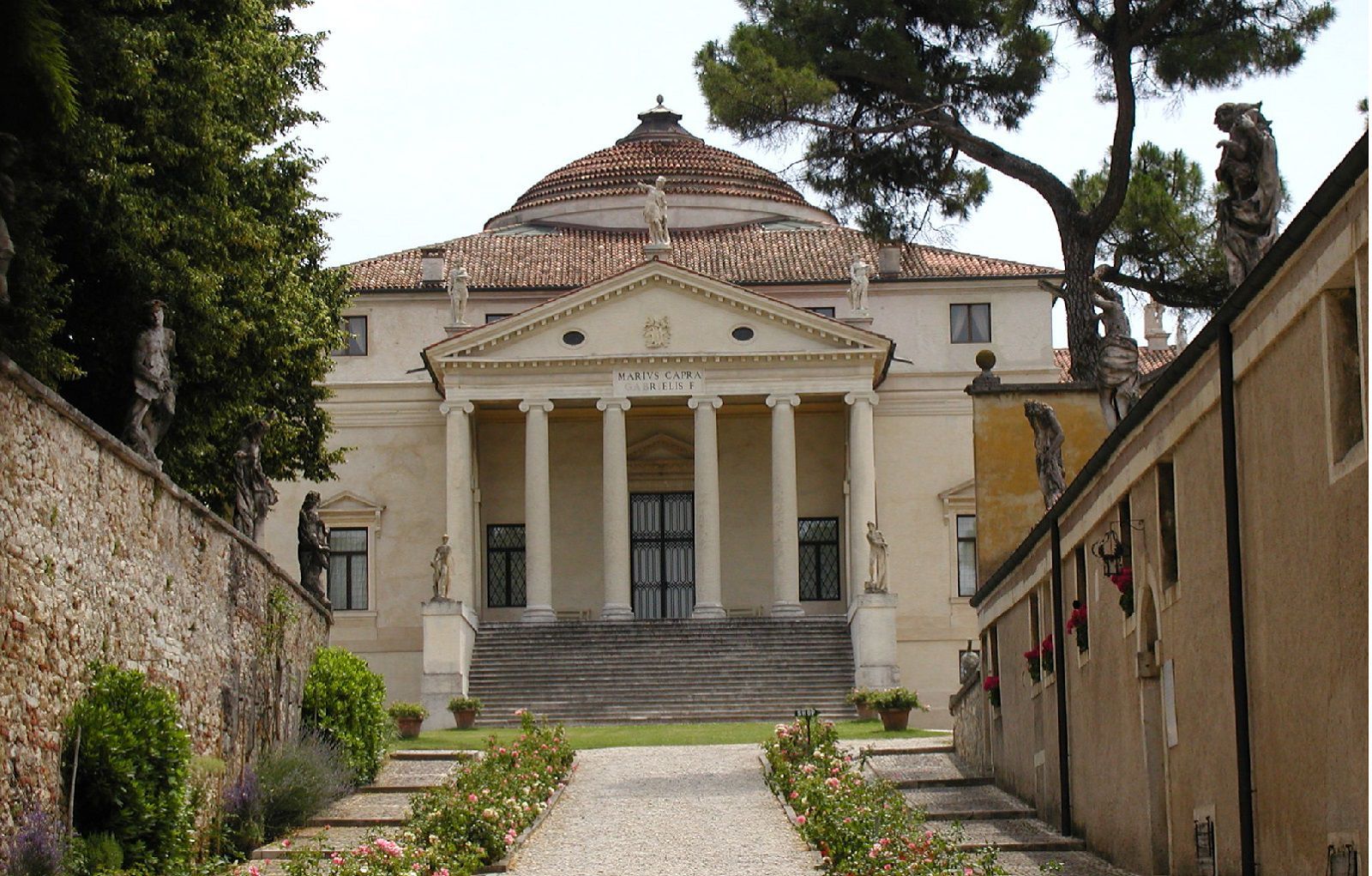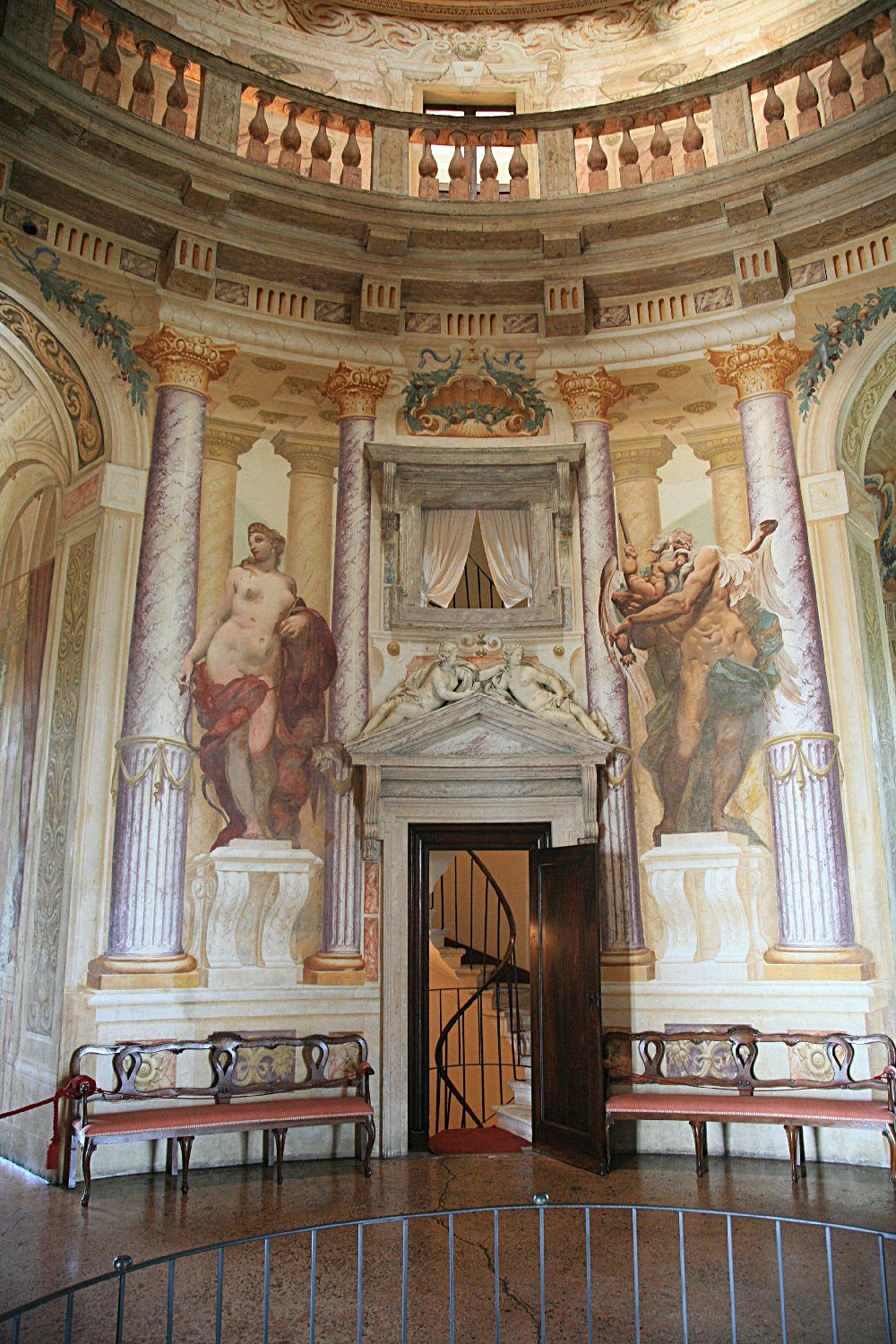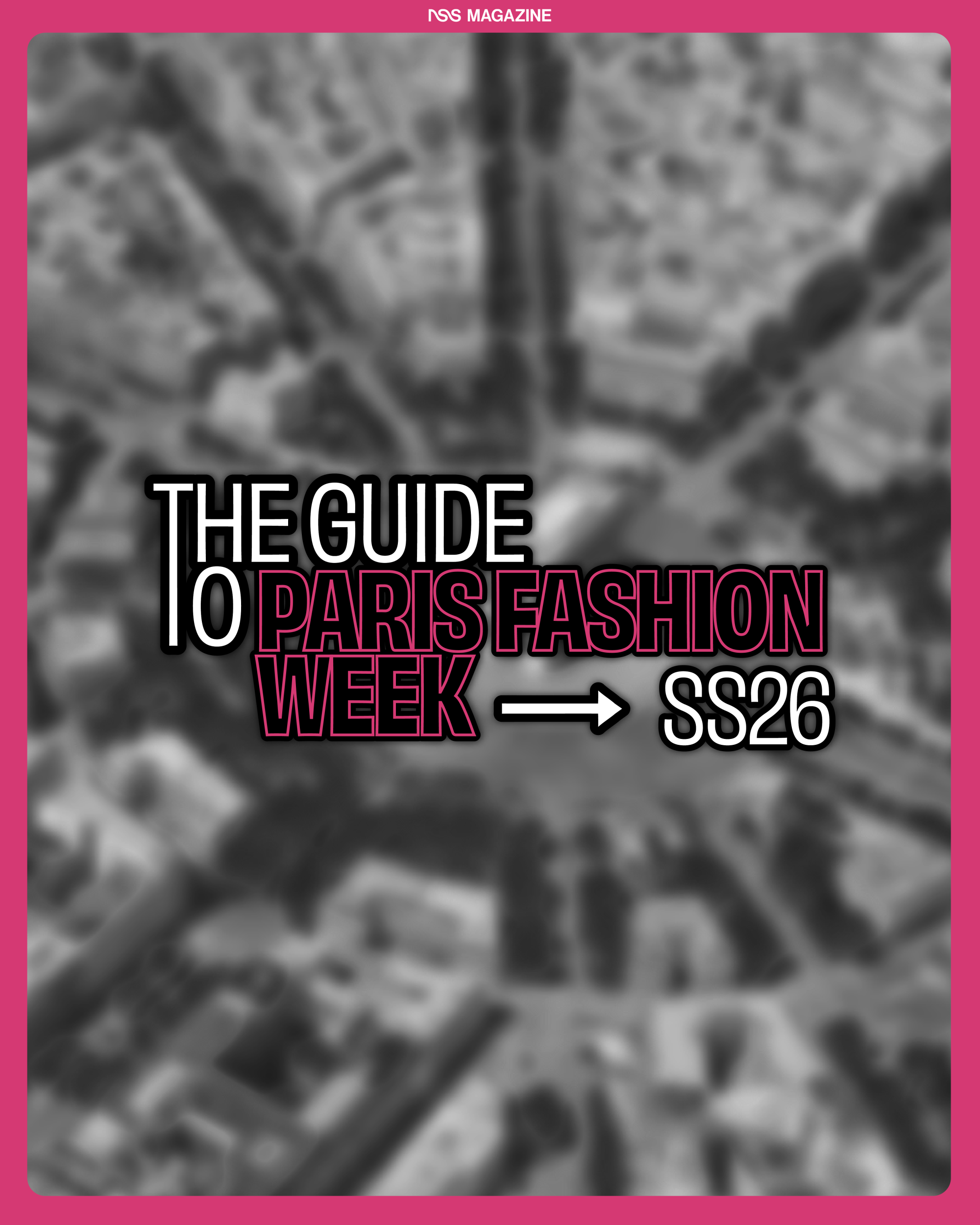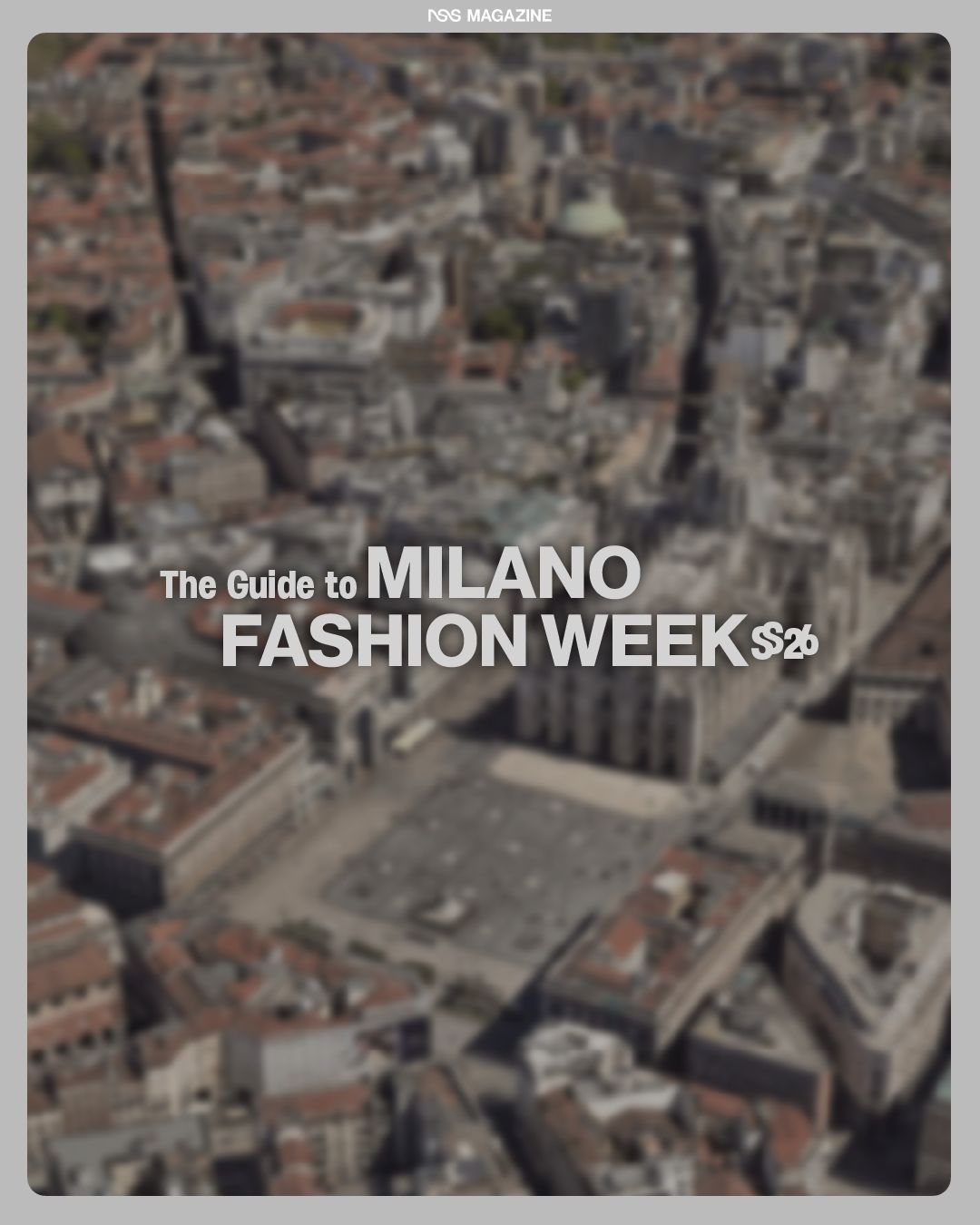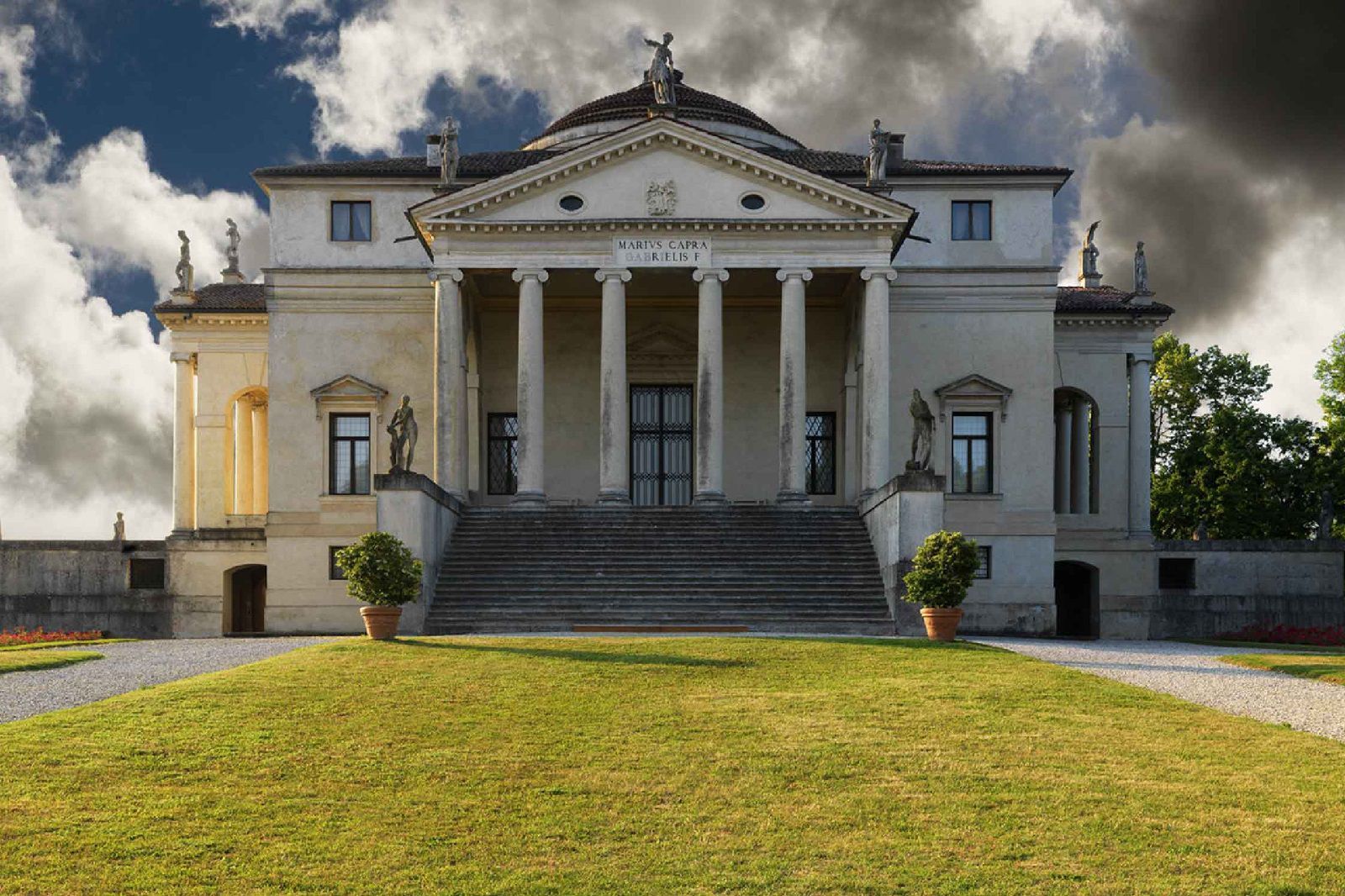
Villa Almerico Capra The famous work of Andrea Palladio who inspired the White House
"Perhaps architectural art has never reached such a degree of magnificence."
These are the words used by Johann Wolfgang Goethe to describe Villa Almerico Capra, also known as La Rotonda. The most famous of the Venetian villas designed by Andrea Palladio, considered the ideal model of its architecture, is a building that has enchanted many, famous and not famous people, but above all it has inspired in the following centuries many buildings scattered around the world. The best known is, without a doubt, the Capitol of Washington, that is, the White House. Let's go back in time and retrace the history of La Rotonda which, since 1994, is also part of the Unesco World Heritage.
We are between 1530 and 1560. In this period it is fashionable among the noble Venetian families to have in their properties in the country residences suitable both to manage closely the activities of their farms and to witness the superiority of the social class. The architect who best embodies the ability to respond to the needs of clients, combining functionality and classic architectural structure and, for this very prolific, is Andrea Palladio. So, when in 1567 the count and prelate Paolo Almerico decided to return, after many years spent in Rome, in his native Vicenza, he turned to the popular architect to have the ideal home for his moments of relaxation and, at the same time, to raise the admiration of his fellow citizens. The place chosen to build is the round top of a small hill near Vicenza, near Monte Berico.
Here, also to better exploit the dominant and semi-isolated position, Palladio designs the construction of a structure from the plant rotated 45 degrees compared to the cardinal points to allow each room a similar sun exposure. Always speaking of the plant it is easy to notice the shape of a cube, surmounted by a dome that recalls that of the Pantheon in Rome and has four identical facades, each with an exastyle ionic pronaos adorned with statues of divinity of classical antiquity, to which it is accessed by going through wide stairways. Each of these four main entrances leads to the central hall conceived in such a way as to give the illusion of outward momentum. The same strong classical and important imprint, which suggests a sense of sacredness, of the exterior is found within.
Here, in the rooms of the villa, works by masters like Anselmo Canera and Alessandro Maganza and by the French artist Louis Dorigny alternate: frescoes with a religious theme; walls adorned with fake columns painted in trompe-l'oeil and gigantic figures of gods of Greek mythology; elaborated baroque overlays in stucco; putti and discinte female figures with flowers and garlands; elements of illusory architecture like false coffered ceilings populated by Olympic deities. It is not surprising, therefore, that Villa Almerico Capra has become the most emblematic work of Palladio. The architect died before seeing the finished building. The same unfortunate fate of the commissioning duke, which is why the structure passed first to the Capra brothers and then to the Valmarana family.










































